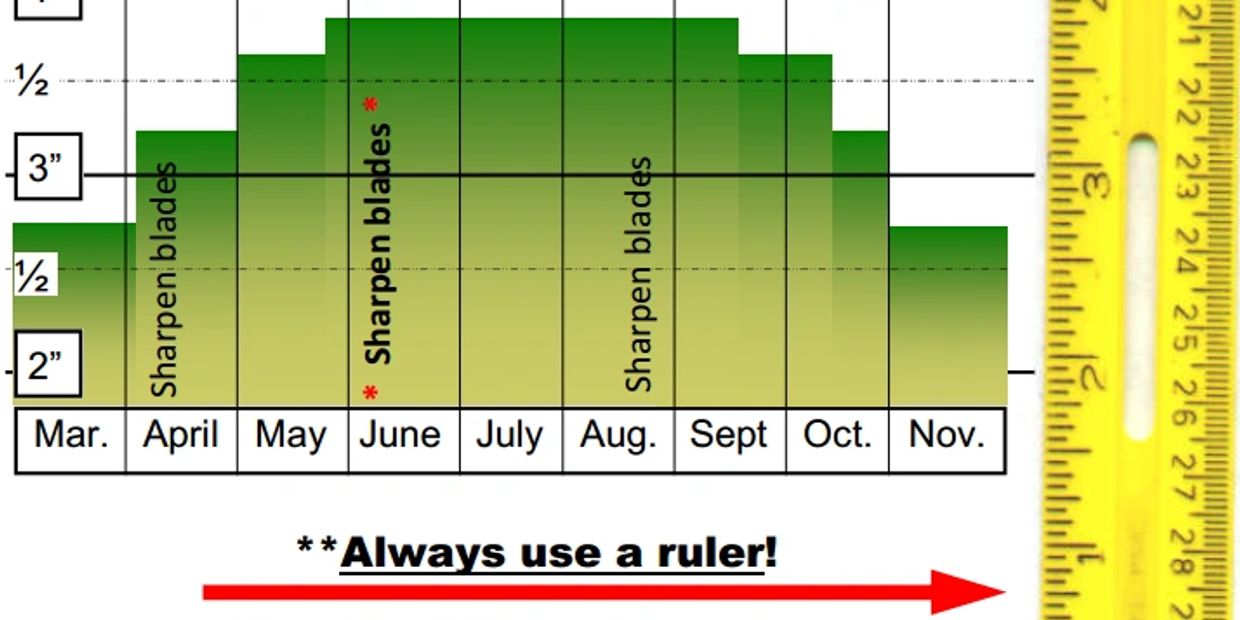815.282.2766 | 28.AARON 815.335.2967 | 33.LAWNS
- Home
- Lawn
- Lawn Care by Aaron
- Why Treat My Lawn?
- Green-Keeper Programs
- Fertilizer Program Pkgs.
- Organic Fertilizer Info
- Weed Control Options
- Lawn-Regulator Slow Grow
- Fungus / Disease Control
- Grub / Insect Control
- Core Aeration
- Over / Slit Seeding
- Soil Test / Amendments
- Late Sum. / Fall Services
- INSTANT -Lawn Estimate
- Full Lawn Estimate
- All Services | Treatments
- Site 🔍 Search





